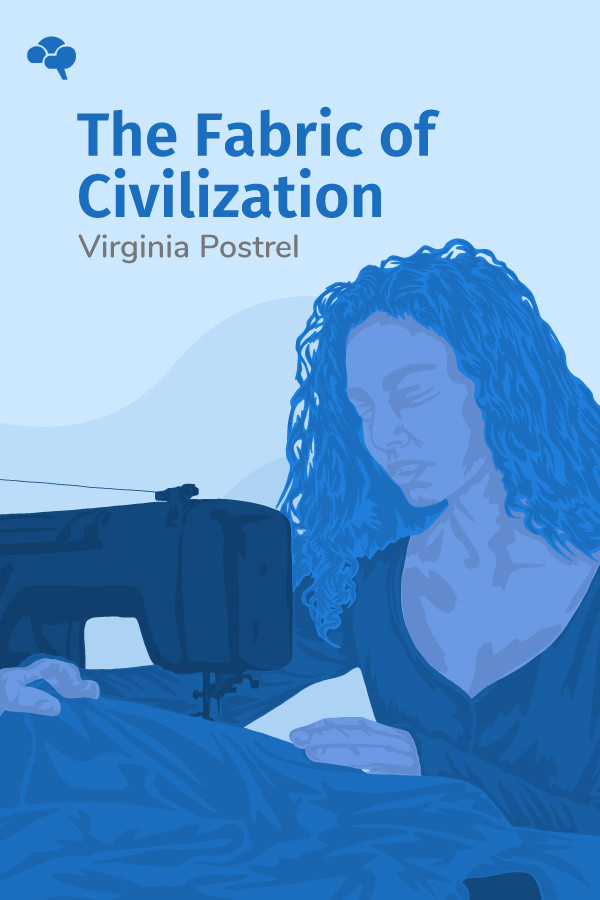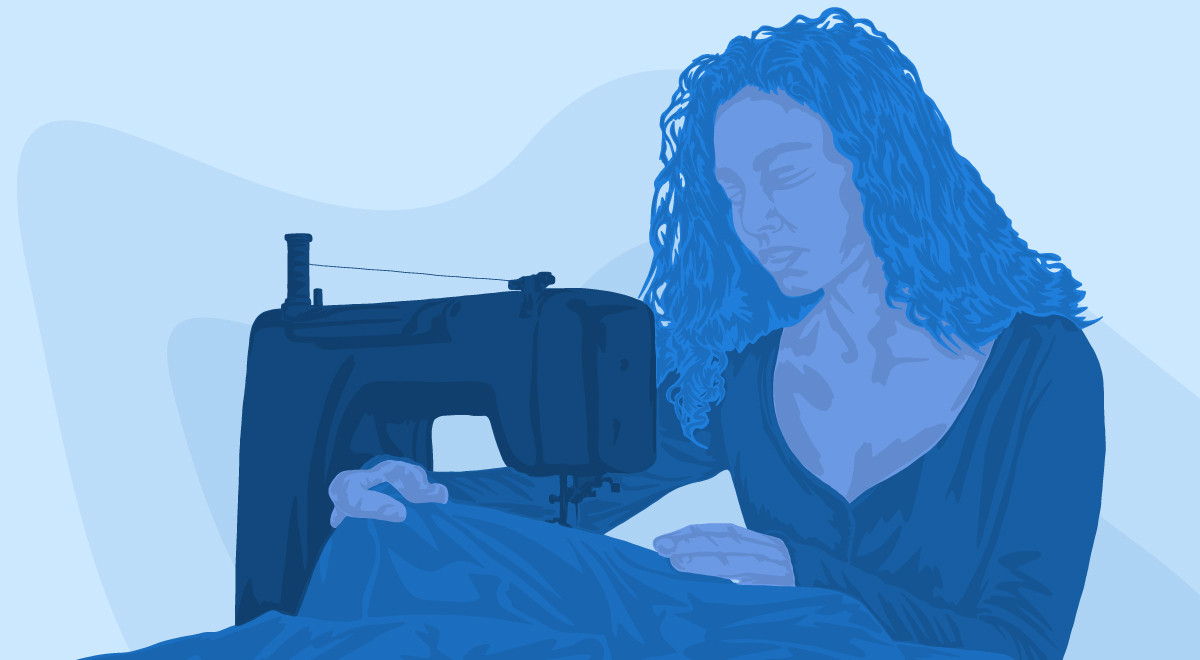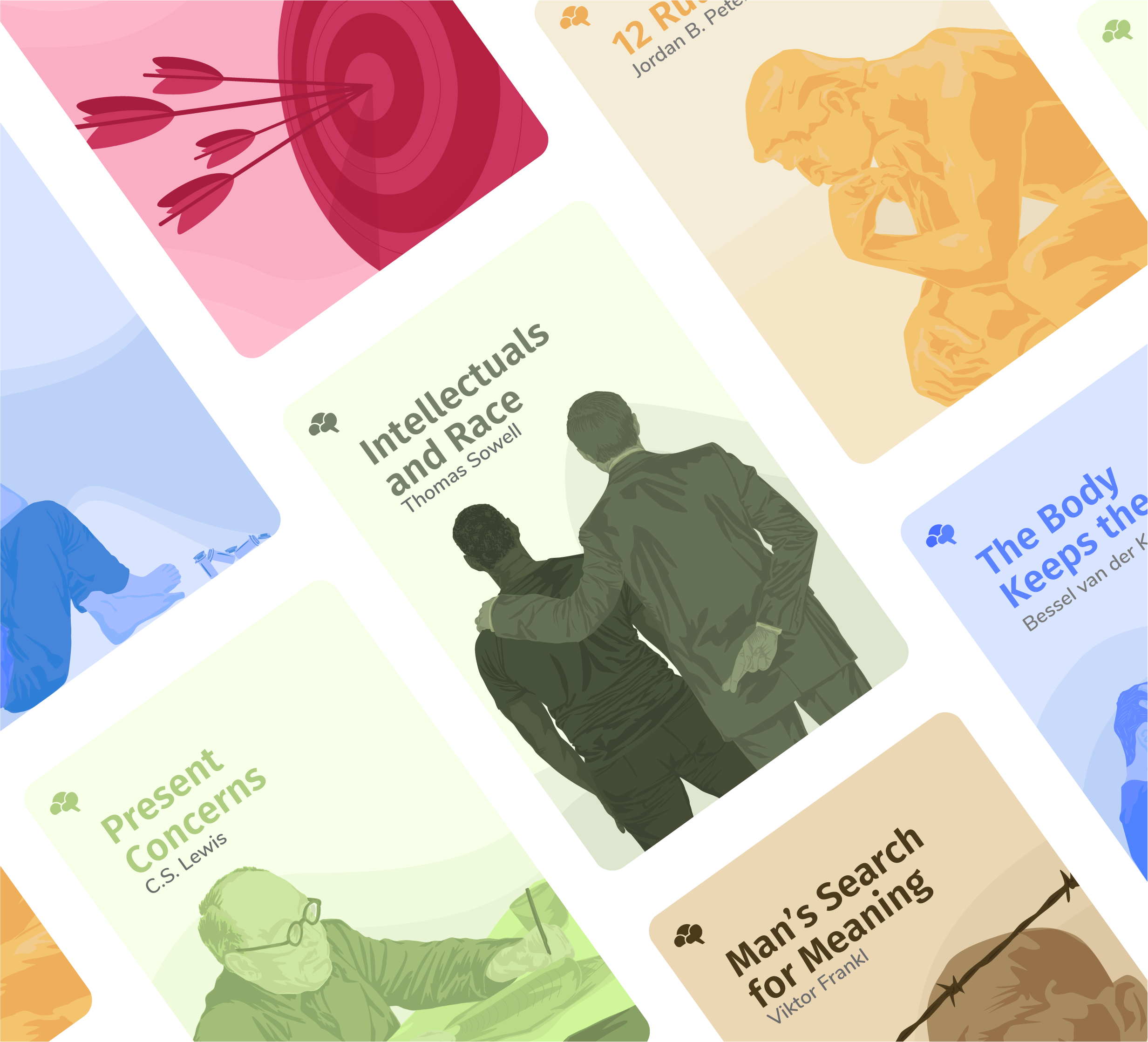

What You'll Learn:
The late computer scientist Mark Weiser aptly observed that, “the most profound technologies are those that disappear. They weave themselves into the fabric of everyday life until they are indistinguishable from it.” As evidenced even in his choice of metaphor, fabric is one such technology, an overlooked common thread that knits human history together. In The Fabric of Civilization, journalist Virginia Postrel follows that thread from the Agricultural Revolution to the Industrial Revolution and beyond, and concludes that, for better and for worse, it is impossible to imagine civilization without textiles.
Key Insights:
- The Stone Age could just as easily have been called the String Age, and we wouldn’t have the former without the latter.
- It’s one thing to have string, but it takes an Agricultural Revolution to produce enough string for textiles.
- Since antiquity and until recently, spinning and weaving have signaled the height of both feminine virtue and sex appeal.
- Jeans would signal opulence in a preindustrial era, but machine production has made them ubiquitous around the world.
- Fabric has been used as currency around the world, and held some advantages over coin-based currencies.
- The triumph and impact of textiles is evidenced in our forgetting how much we need them.




